 SLISHMAN
SPLINT TM
SLISHMAN
SPLINT TM SLISHMAN
SPLINT TM
SLISHMAN
SPLINT TM
Evolution of a Splint
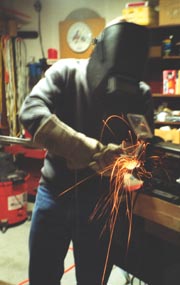
Testing at home with Pop. (February, 1999)
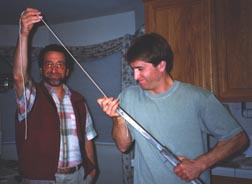
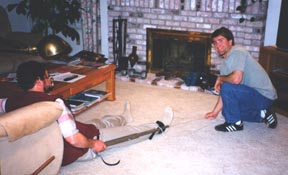
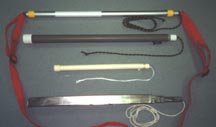
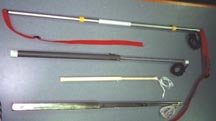
Made with a Komperdell pole, the internal
brake mechanism was its biggest problem.
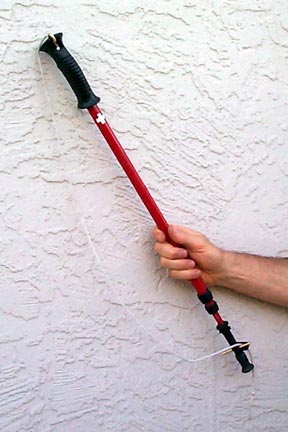
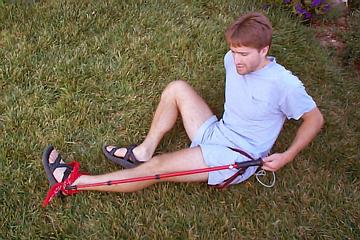

Mom and Sam in the sweat shop. (September,
2000)

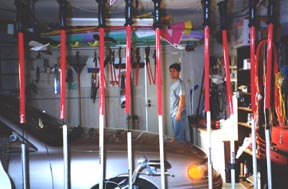
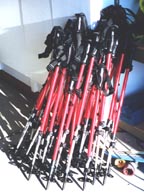
The main problem discovered seemed to be
"cord creep." Each fall in the snow pulled the cord out of the handle,
which then had to be tucked back into the pole. (January, 2001)

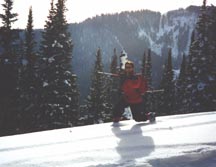

The snap buckles were later replaced by
simple cinch buckles to limit bulk, and free moving parts.
Later in August, 2001 a loop was added
as an inner pole replacement, for hospital and pre-hospital use only.
It simplified strap attachment, but detracted from the splint's versatility,
and the idea was scrapped.
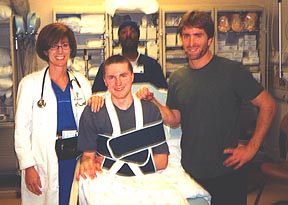
The splint was used successfully for 7
femur fractures from October to December, 2001. In 2 cases, the splint
was left on overnight, instead of pinning before surgery. The first case
was unintentional, as pinning was not possible. The second case was
Noel Ingram who is pictured with his wife below as well as his femur X-ray.
Pinning was suggested for traction before his surgery, but he chose to
stay in the splint overnight. No complications from pressure points,
or limb ischemia resulted in either case. Note the splint radiolucency
on X-ray.
Ongoing testing in New Zealand by Peter
Jones.
Fits pediatric to adult. Testing on Peter's
son Max with brother Angus observing. For kids, a toy. For
parents, an anchor.. Perhaps another feature?.. Angus could use a
splint as well..
Here are some of the hard workers and family
members of Gipron.
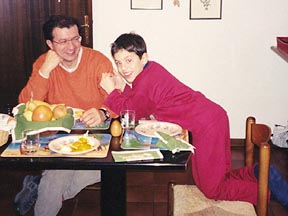
After a skiing accident a patient was transferred
to the UNM emergency department with a Hare traction splint in place and
the following X-ray. Note the radiopaque ischial bar. It served more
as a fulcrum under the fracture than as a traction splint.
The patient permitted us to use our splint.
His comfort was much improved and the splint was left in place over night
until his surgery the next morning.
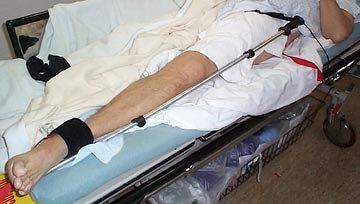
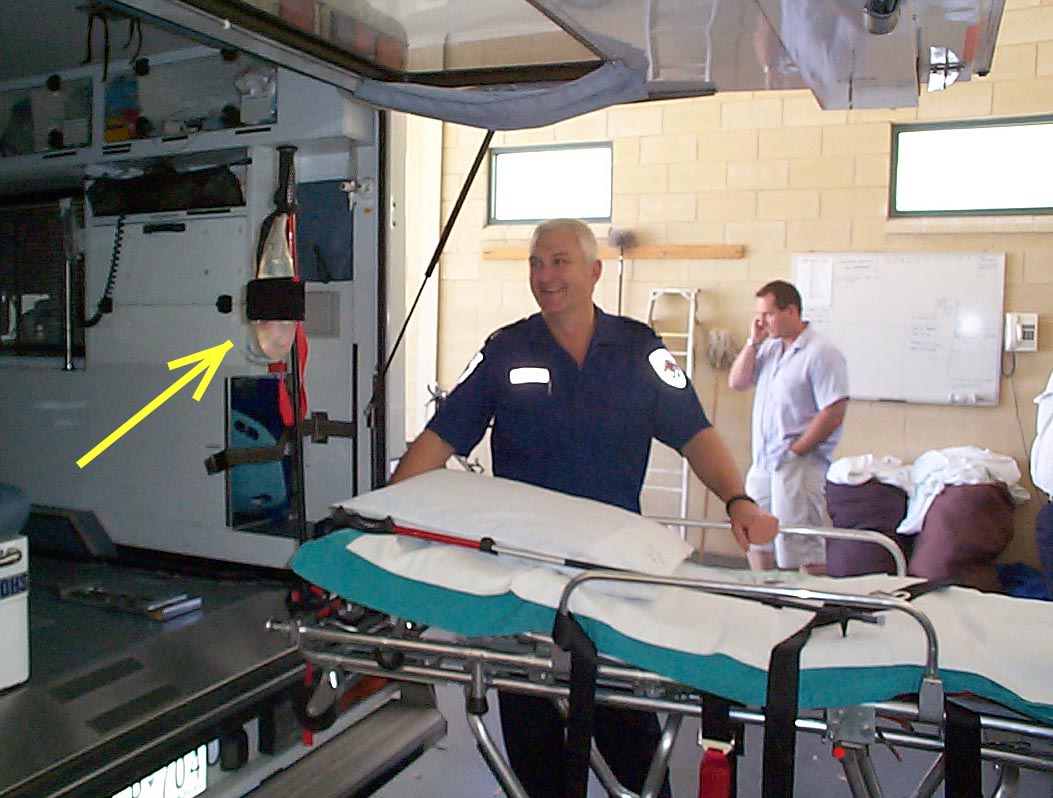
Dec 2003.. Jack and Jean Putnam testing
the splint among penguins in Antarctica.
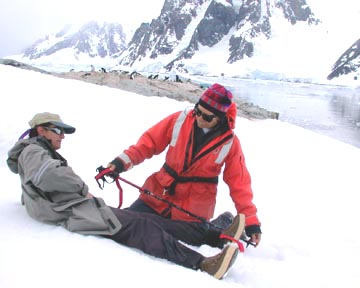
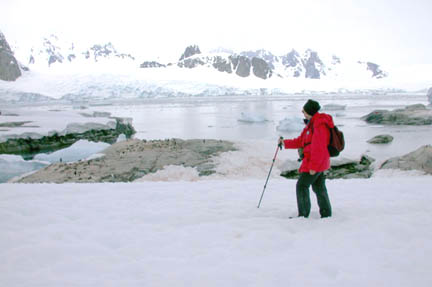
Development and testing continues.